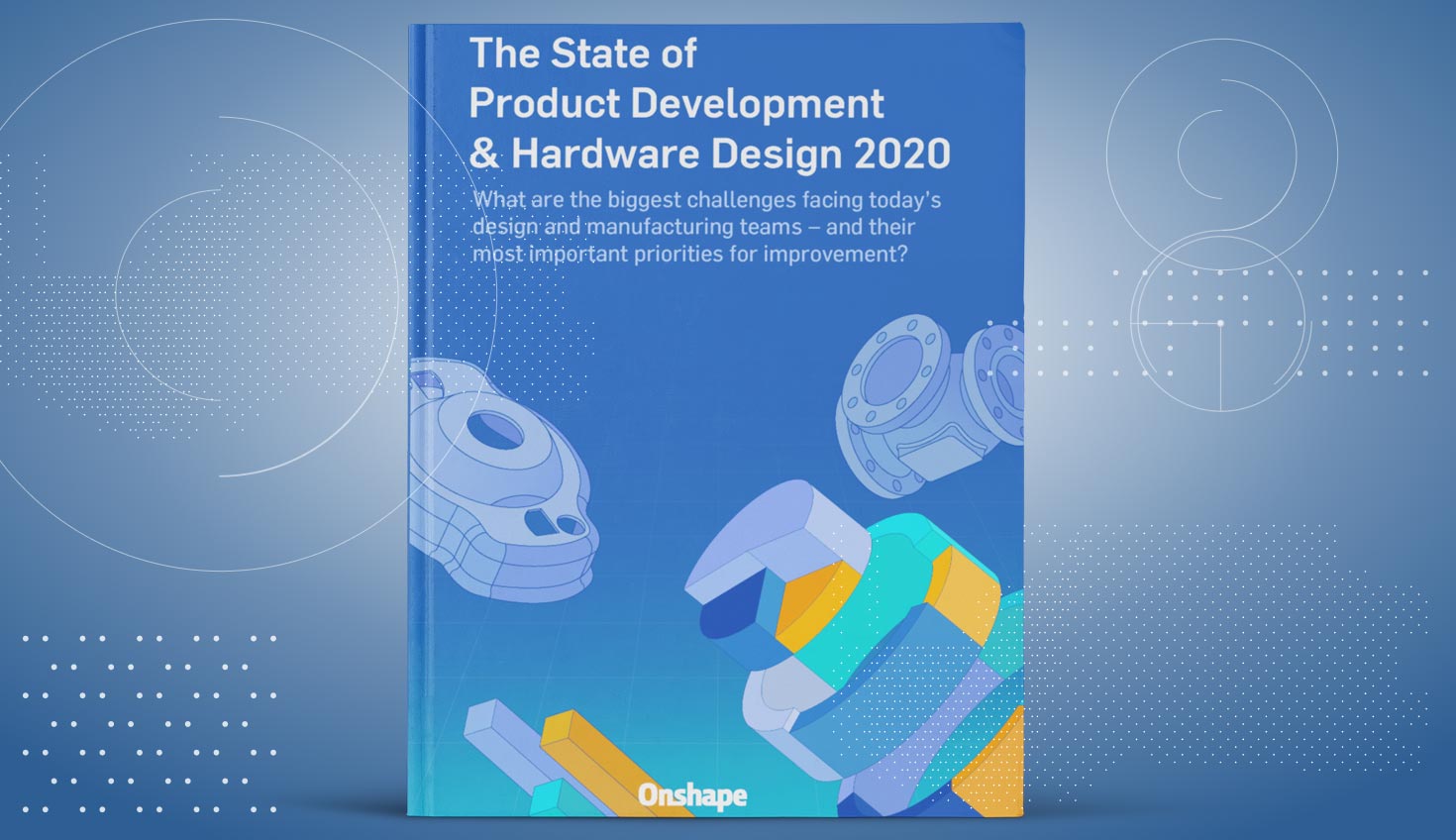It goes without saying that most of us around the world have experienced our workplace being turned upside down. The timing and longevity has varied by country and region, but essentially the COVID-19 pandemic has turned virtually every white-collar worker into a remote worker, and forced many hands-on manufacturing and frontline maintenance workers to re-examine and change their processes.
Within a product development team, not every job can be accomplished remotely. But many can keep forging ahead with the right technology.
Think about how quickly the words “Zoom” and “Teams” have become infused into the everyday vocabulary. Videoconference meetings are now the norm at work for many of us. In December 2019, Zoom reported having 10 million daily meeting participants. In April 2020, that number ballooned to 300 million. According to The Verge, rivals Microsoft Teams and Google Meet had 75 million and over 100 million daily meeting participants respectively during the same period. (Note that the meteoric rise in workplace video calls has also led to more interest in cosmetic surgery, but that’s a discussion topic for another blog.)
After being caught off guard in 2020, how prepared are companies to support a remote workforce in the future?
To find out, Onshape recently commissioned The State of Product Development and Hardware Design 2020 industry survey, which took the pulse of nearly 1,000 professionals at manufacturing companies across the world.
Across the board, product development professionals who rate their companies as having excellent productivity are far more optimistic about being able to have their team transition to home offices when desired or needed.
COMPARISON OF HIGH AND LOW PRODUCTIVITY COMPANIES ON
WORK-FROM-HOME EXPECTATIONS AND CAPABILITIES
Source: The State of Product Development and Hardware Design 2020
Based on our survey, high-productivity companies are…
The expectation from highly productive companies that up to half their staff could sometimes work from home next year is not necessarily related to COVID-19, but could also reflect that many companies have recently experienced largely positive results from the new work-from-home (WFH) arrangement and as a result, are more likely to consider flexible work arrangements in the future.
As for making sure their employees are fully equipped to work at home, companies which already use cloud productivity software are significantly more likely to feel like they are prepared for any scenario.
USE OF CLOUD PRODUCTIVITY TOOLS AND
READINESS TO SUPPORT WORK FROM HOME
Percentage who rate their ability to support remote workers as “Good” or “Excellent.”
Eight out of 10 companies that use cloud productivity tools are confident they are ready to support their teams regardless of where they are working from.
Again, this result seems largely intuitive. Going back to the centrality of Zoom and Microsoft Teams meetings in our recent work lives, think about what communication and collaboration would be like without the internet. (Some older readers don’t have to imagine too hard!)
Sure, collaboration did exist before 1989, when the World Wide Web first made the internet useful for business purposes. But the design and manufacturing world is far more complicated now than it was three decades ago. It is becoming far less common for products to be designed and manufactured under the same roof, where questions to colleagues can be answered after a quick walk down the hall. Pandemic aside, many product development teams today are dispersed between multiple locations around the country or around the world.
Being able to quickly add the best talent to a project, regardless of geography, has become an invaluable ingredient for building successful teams. And having the online tools in place to make remote collaboration seamless is a no-brainer.
In the end, investments in better tools, processes and cloud applications leads to a positive feedback loop. The most productive companies recognize a constant need to improve – and to invest in the technology to facilitate those improvements. As these companies become even more productive and innovative, their thirst for finding additional improvements gets even stronger.
Positive Feedback Loop: Companies that improve their productivity and innovation keep wanting to make more improvements.
(Source: The State of Product Development and Hardware Design 2020)
Get Your Copy of the Industry Report
Interested in further exploring what’s getting in the way of productivity for engineering and manufacturing teams?
The State of Product Development and Hardware Design 2020 report also shares insights on the following questions:
-
What is the correlation between productivity and innovation?
-
How satisfied are product development professionals with the technology being deployed to do their jobs?
-
What aspects of the product design process most urgently need to be improved right now?
-
PDM/PLM systems help avoid costly mistakes, but is there a better approach to data management?
-
How do executives and frontline engineers view their companies’ strengths and weaknesses differently?
Get your copy of the new industry report today!
